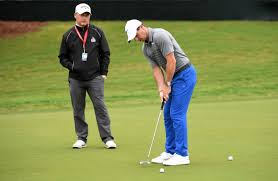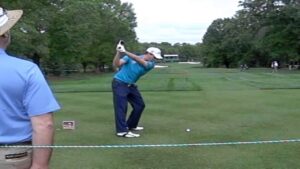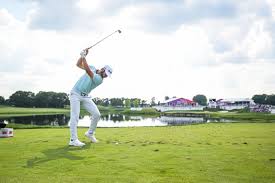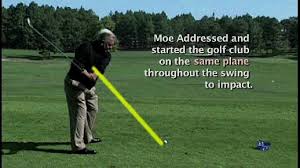It’s amazing to read the Monday morning reviews about the changing scores as both the Professional and Amateur tournaments wrap-up ever Sunday. Streaks of birdies or bogies and double bogies seem to happen for no explainable reason. The only way that we can explain these successes or failures is through rays of sunlight or dark clouds that pass over every golfer under pressure. Your brains controls all.
If only we could control our positive mental attitude, even after an unexpected double when we hit into the ruff, sand trap, water or a low hanging tree branch. It’s the unexpected shot that seems to cloud our next few holes, if not the rest of our game. We need to recognize and accept our failures and get back into a positive mental attitude. GET OVER IT!
When Should Our Alarm Bells Go Off Pay attention to the problems that can throw your game off:
1/ Your playing partners start kidding you about the pressure on your next shot.
2/ You just hit an amazingly long drive on your last hole and expecting to hit even further on your next drive.
3/ The joy of making birdie affecting your next drive (PBSU: Post Birdie Screw-Up)
4/ Hitting the perfect shot only to nip a branch and lose 100 yards on the shot.
5/ When you have 3 other sets of eyes watching you prepare to make a 3 foot putt.
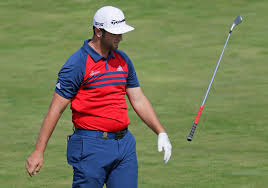
Jon Rahm found that throwing a club was a lot safer then breaking it when he slams the head into the ground.
What Happens to Your Mind and Body
1/ Flashbacks of past failures
2/ Your heart and mind start to race so that you rush and limit your backswing
3/ Your muscles tighten up to limit your flexibility.
How to Get Your Mind and Body Back on Track
1/ Mentally say the word “STOP” so that you can clear your mind.
2/ PAUSE and shake your hands or wiggle your fingers to get the jitter out.
3/ Relax your shoulders and LET THEM DROP as you take a deep breath and exhale.
4/ Remind yourself that your last shot is done so get on with your game.
5/ Accept the fact that you can’t make a miracle shot so just go for a recovery or layup that will put you in a good position for you next great shot.

Jon Rahm has learned to control is temper. It’s called Anger Management. You can do it too.
Ben Hogan said that the most important shot in golf is YOUR NEXT ONE. We have all seen the pros make a bad shot. They seem to be able to clear it from their mind and get on with their game. Jon Rahm is a great example of a golfer who carried a lot of mental baggage after a bad shot. He has changed his attitude and it paid off at the Memorial Tournament where he won and took over as the #1 PGA GOLFER.
Mental baggage may be the only thing holding you back. Don’t slam your club down after a poor shot. Compose and get on with your next wonderful shot. Take a practice swing by slowing down your backswing and make a full swing to a balance finish. Make YOUR next wonderful shot. Practice with GOLFSTR+ for every shot in your game. Buy one today at www.GOLFSTR.com
Golf Truism #16: The odds of hitting a duffed shot increase by the square of the number of people watching.



